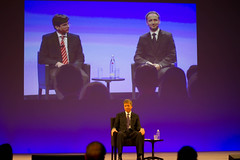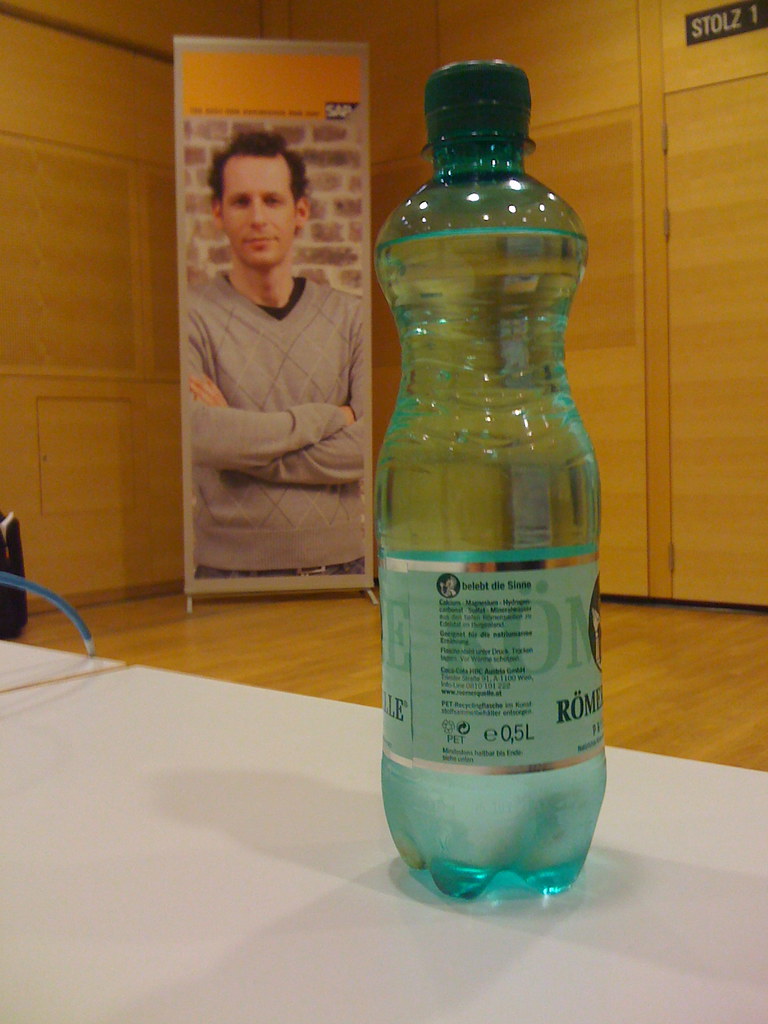I attended SAP’s Sapphire Now conference in Orlando earlier this week along with around 12,000 others.
It was a very interesting few days of talks, meetings, and showcases.
SAP’s commitment to Sustainability was evident throughout the event. The two keynote speakers invited by SAP were Al Gore and Richard Branson, for example – both of whom talked about the importance of sustainability to help mitigate climate change.
For me though, the most impressive statement that SAP considers Sustainability a strategic imperative, not just a sop to marketing, was the fact that both co-Ceo’s addressed Sustainability at length in their keynote addresses.
In my interview with Diversey’s CEO Curt Johnson a few weeks back he made the point that
CO2 is waste, so if you minimise CO2, you minimise waste and you maximise efficiency and increase profits
In his keynote on Tuesday morning, SAP co-CEO Jim Hagemann Snabe made the same point when he said that saving carbon emissions meant saving money. He concluded his keynote discussing SAP’s carbon reduction targets and how SAP’s sustainability solutions will help SAP’s customers reduce their emissions.
This ties in very strongly with the SAP Sustainability strategy which SAP Chief Sustainability Officer Peter Graf set forth during his presentation. SAP are committing to being an Exemplar and Enabler. By that they mean SAP will be an exemplar organisation in terms of its own sustainability initiatives and through its software solutions, it will enable its client companies to do the same.
Peter told me some time back that though SAP’s CO2 emissions were around 500,000 tonnes, their customers’ emissions were 10,000 times that! That’s a lot of emissions to be able to influence.
To that end, SAP’s on-demand Carbon Impact application seems to be coming along nicely now. I saw a pre-release of the upcoming version and it is starting to go beyond carbon impacts in terms of emission management, so I wonder how long before we have a re-brand! And SAP’s Sustainability Performance Management tool is a big help for companies wishing to track and communicate sustainability performance
I have written about how good their 2009 Sustainability Report was and how customers have been asking SAP to productise it. I asked Peter Graf during his presentation when he planned to deliver a Sustainability Report Generator to enable customers to also produce awesome sustainability reports but there are no imminent plans to release it it seems, which is a pity.
Despite the fact that both co-CEO’s had bottled water beside them during their keynotes at Sapphire Now (see pic), SAP have been quite consistently pushing the sustainability message for a while now. It is great to see. Hopefully some of SAP’s competitors will take note and the term Sustainability will go away because it will be synonymous with business as usual.



